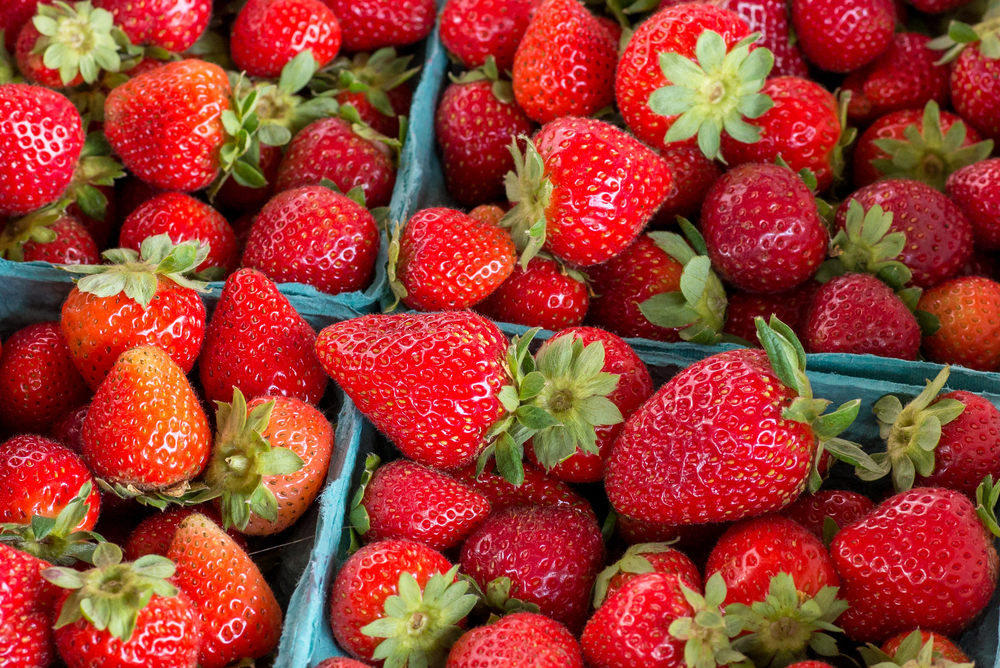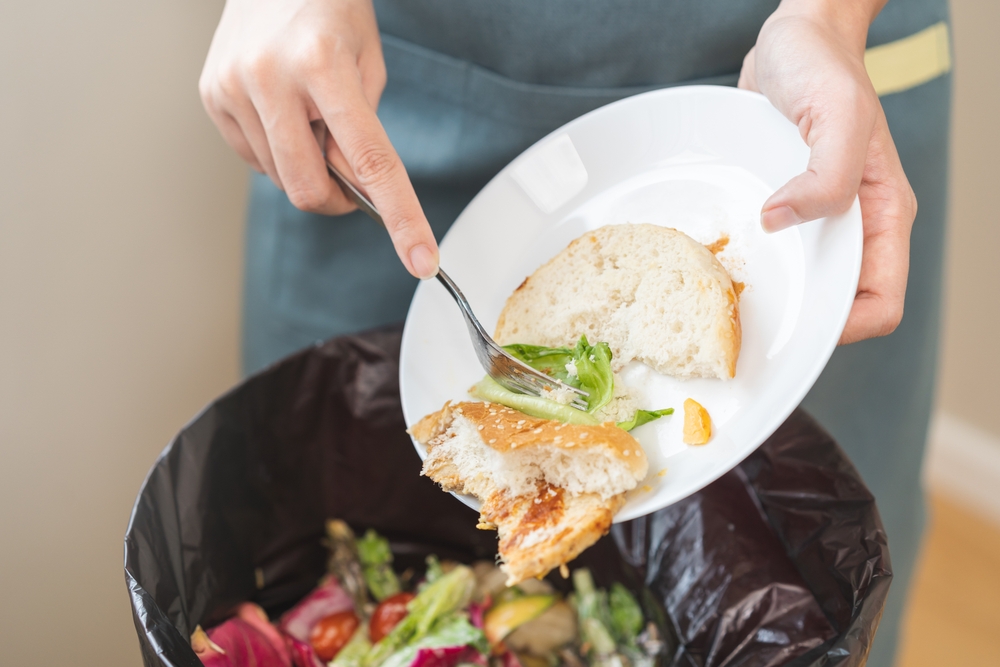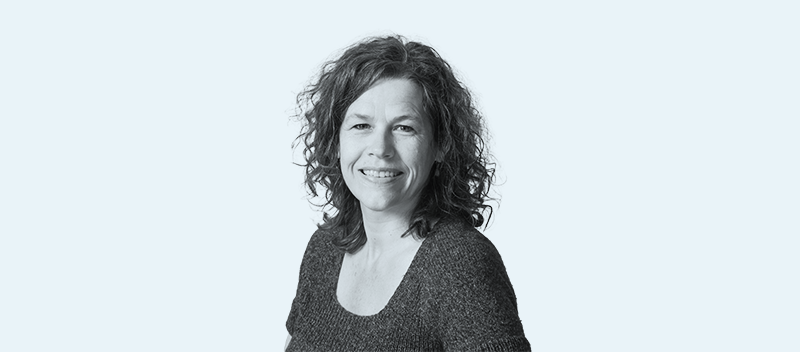Various people have to assess the quality of fruit and vegetables on the route from farm to table, all based on their own experience and their own data. This means the decisions on quality made throughout the supply chain can vary greatly. Thijs Defraeye, a new WUR Professor by special appointment, plans to develop models that will allow everyone to reach the same decisions, whatever their expertise.
Several people have to make decisions about the quality of fruit and vegetables during refrigerated transports. They make these decisions based on their experience, or the limited data obtained from a random sample. Defraeye thinks there is a better way to do this. In early December, the Department of Food Quality and Design appointed him Professor by special appointment of ‘Data and simulations for self-care post-harvest fresh-food supply chains’. He also works at the Swiss research institute Empa on the subject of food preservation.
Decision-making on product quality starts when the crops are still in the field. For example, a photo will be taken of the crop and sent to a supervisor. That expert is not on site, but does have to decide whether it is time to harvest, or assess what damage the products have suffered. This decision-making process is cumbersome, time-consuming and depends on human responses and abilities. The system could be improved if everyone in the supply chain could make their decisions based on the same information. To this end, Defraeye is developing a self-care food system. “That system will be able to provide the answers without the intervention of a human expert”, says the professor. “That will make decision-making more objective.”
Predictions
The idea is that the self-care system will be able to predict quality based on a comprehensive analysis of the situation. For example, the system could use the information from a single temperature sensor in a refrigerated transport to predict the quality of the entire freight. To do this, the model uses feature engineering based on physical simulations to identify additional characteristics of the freight in the data. That enriched data is used as machine learning input to acquire more information to base a decision on. “That makes smarter decisions possible”, says Defraeye.
Strawberries and lemons
Earlier this year, Defraeye and his colleagues developed models to predict the quality of citrus and strawberry freights and translate these predictions into supply chain responses. For example, Defraeye’s team simulated the shelf life of strawberries using a computer model. That model revealed that the shelf life depends on the design of the trays (in addition to temperature and humidity). The researchers can now identify the critical points that cause quality loss in each type of packaging.

 Defraeye and his team can predict the shelf life of strawberries in various types of trays. Photo Shutterstock
Defraeye and his team can predict the shelf life of strawberries in various types of trays. Photo Shutterstock 

